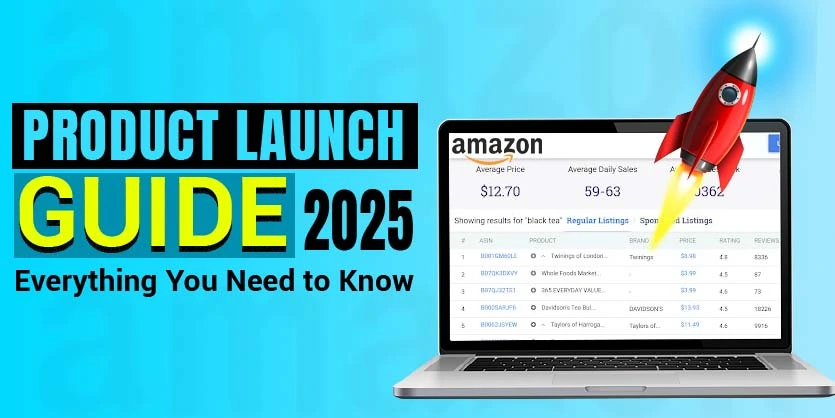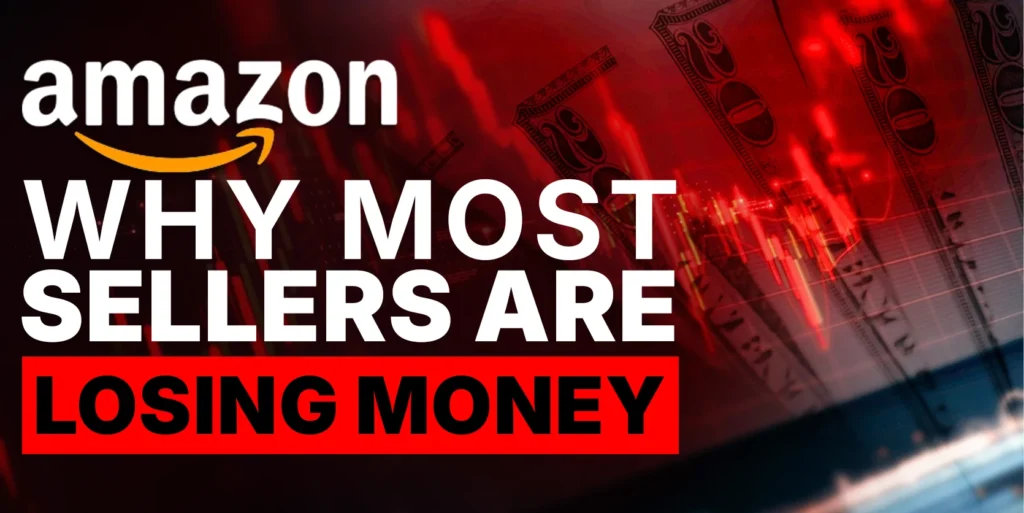Dropshipping has been a go-to model for entrepreneurs seeking a low-cost entry into eCommerce. With minimal overhead and global reach, it’s no wonder dropshipping has gained immense popularity. However, a significant shift in U.S. import regulations threatens to upend the industry, particularly for sellers relying on Chinese imports. In this blog, we’ll break down the key changes, explore their implications for drop shippers, and provide actionable strategies to adapt.
What Makes Dropshipping Attractive?
Dropshipping offers simplicity. Sellers list products on their websites or platforms like Amazon without maintaining inventory. When an order is placed, the product is sourced from a third-party supplier—often through platforms like AliExpress—and shipped directly to the customer.
Key Advantages:
No Inventory Costs: No need to stockpile products or rent warehouse space.
Low Start-Up Costs: Ideal for beginners with minimal upfront investment.
Flexible Profit Margins: Chinese suppliers offer low-cost goods, allowing sellers to markup prices for profit.

This system has flourished due to two key factors:
1. ePacket Shipping: This affordable shipping method, introduced in 2011, streamlined China-to-U.S. deliveries.
2. De Minimis Rule: Packages valued under $800 were exempt from import duties, making dropshipping even more lucrative.
What’s Changing for Dropshippers?
The Biden administration has proposed changes to the De Minimis rule, significantly tightening regulations for imports valued under $800.
Key Updates:
1. Removal of Duty-Free Threshold: Every shipment will now face customs duties, regardless of value.
2. Mandatory Customer Information: Sellers must collect buyers’ Social Security Numbers (SSN) for customs declarations—a big ask for customer trust.
3. Product Compliance: Imported products must meet stringent U.S. safety standards.
These changes aim to close loopholes exploited by international sellers, especially those from China.
The Impact on Dropshipping Businesses
These regulatory shifts will have wide-ranging implications, particularly for China-reliant drop shippers:

- Higher Costs: Duties and taxes will increase overall expenses.
- Customer Resistance: Buyers may hesitate to share sensitive information like SSNs.
- Increased Compliance Burden: Sellers must navigate more paperwork and meet safety regulations.
What’s Next for Dropshippers?
1. Focus on Domestic Dropshipping
One immediate pivot is to shift from international suppliers to domestic ones.
Benefits: Faster shipping times, fewer compliance hurdles, and enhanced trust from U.S. customers.
How to Get Started: Look for U.S.-based wholesalers or use platforms like Spocket or Modalyst that connect you with local suppliers.
2. Warehouse and Stock Inventory in the U.S.
If your budget allows, consider warehousing products domestically.
Advantages: This bypasses import duties, reduces shipping times, and ensures compliance with U.S. regulations.
Pro Tip: Partner with third-party logistics providers like ShipBob or Deliverr to manage storage and shipping seamlessly.
3. Build a Branded Product Line
Creating your own brand can provide long-term sustainability. Branded products allow you to:

- Stand out in a competitive market.
- Command higher profit margins.
- Build customer loyalty.
For guidance on building a brand, check out our blog on Amazon Q4 2024 – Ultimate Guide for New Sellers.
Conclusion
While the upcoming changes pose challenges for the dropshipping industry, they also offer opportunities to innovate and adapt. By focusing on domestic suppliers, building branded products, and staying compliant, sellers can thrive in this evolving landscape.
For more insights on optimizing your eCommerce business, explore our resources like Amazon Best Seller Rank Strategies in 2024.
Got questions or need personalized assistance? Reach out to us at info@ecomclips.com, and let us help you navigate the future of dropshipping.



